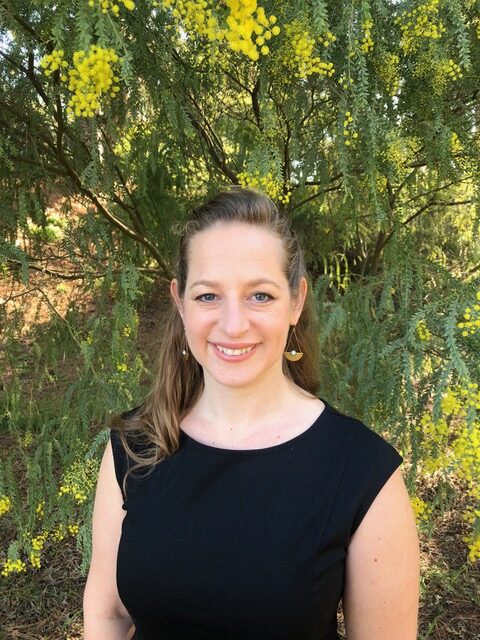
Azalee (pronounced “OZ-a-lee”) is really excited to be in Seattle and joining DiRAC. She comes from a non-traditional career path, majoring in Mathematics at Vassar college where she also was certified to teach middle and high school math. A detour from those plans took her to San Diego State University for a master’s degree in astronomy – where she fell in love with the field.
She developed a strong background in programming and data analysis as a research and instrument analyst at the Space Telescope Science Institute – where she supported the Cosmic Origins Spectrograph and the Space Telescope Imaging Spectrograph, two instruments on the Hubble Space Telescope. With the goal of returning to the west coast, she left the Space Telescope Science Institute to pursue a PhD in Physics at University of California, Davis where she studied hydrogen-rich supernovae with Prof. Stefano Valenti.
Hydrogen-rich supernovae are produced when the iron cores of stars between eight and thirty times the mass of the sun collapse and produce a neutron star. Infalling material bounces off the neutron star creating a shockwave which unbinds the star in a really bright explosion we call a supernova. While entire fields of study are devoted to studying massive stars and supernovae, we are still trying to figure out how to connect our observations of supernovae to their massive star progenitors. Two aspects of this connection that Azalee is particularly interested in are using supernovae to understand how massive stars lose mass just prior to explosion and what mass stars explode as hydrogen-rich supernovae. I use supernova observations to understand progenitor mass and mass loss by modeling the light curves of supernovae, observing them at X-ray and radio wavelengths, and by modeling the spectra one to two years after explosion.
While these technique worked great for the tens of supernovae we were discovering per year a few decades ago, they have not scaled well to the thousands of supernovae we are discovering with current surveys and will be unusable on most of the hundreds of thousands supernovae discovered by the Rubin Observatory’s Legacy Survey of Space and Time (LSST). Azalee’s current focus is on building tools to model the hydrogen-rich supernova light curves produced by the LSST to measure the progenitor properties of hundreds of thousands of massive stars in the final stages of their lifetimes.
In addition to supernova research, Azalee is actively involved with the Carpentries organization which teaches best practices for programming and data analysis to scientists in an open and inclusive way. She has been a certified instructor since 2012 and has been organizing workshops at the winter meeting of the American Astronomical Society since 2014. She is currently leading the development of a new Data Carpentry curriculum for astronomy called Foundations of Astronomical Data Science which teaches fundamental astronomy and data science skills such as working with databases and tables and communicating results through a compelling visualization.
On the weekends you can find her exploring Seattle by bike, hiking in the mountains, or paddling around Lake Union on her paddle board. She spends her less active days baking and cuddling with her two cats.
Read more on Azalee’s Website and follow on Twitter, Github, ADS Publications.